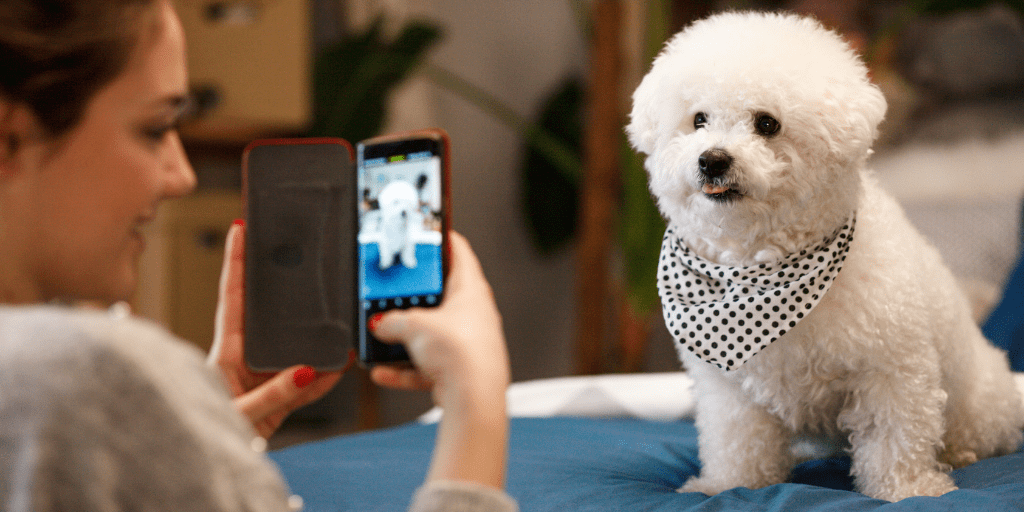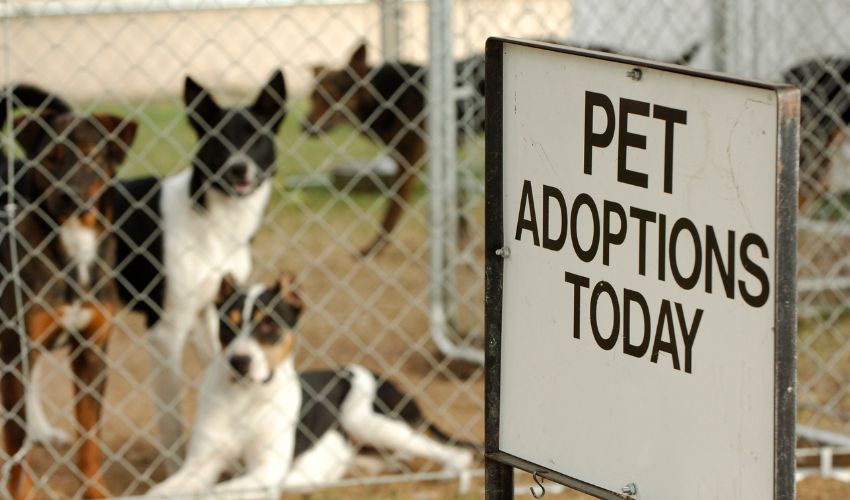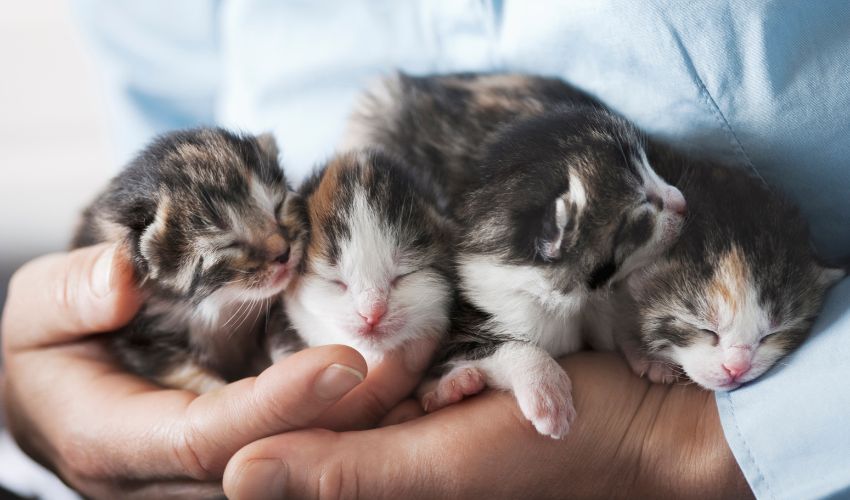3D printing is becoming increasingly famous and popular over time. As 3D printing technologies continue to evolve, it also starts reaching new, niche areas where there is a need for custom-built objects. Healthcare is one such area that can benefit immensely from it – both for humans and veterinary sectors.
It is used by more veterinarians and veterinary schools to cope with anything, from implants to tissue replacements to prosthetics and now education. It is not a complete understatement to say that veterinary 3D printing is a revolutionary invention making a massive difference in veterinary medicine.
One company that dedicated itself to developing veterinary 3D printing is Modl3D!
How It Started

If someone were to ask Richard Doerer, the founder of Modl3D, to describe what his company does, he would say,
”Our company, Modl3D, is involved with creating canine simulators for medical purposes, surgical practices, and education.”
Modl3D is a technology company specializing in veterinary 3D printing and engineering canine medical simulators for educational purposes. According to Richard, they utilize a dog’s CT/MRI scan information to develop and create a 3-dimensional model of specific medical conditions for veterinarians, vet students, and pet parents.
Richard Doerer dove deep into veterinary 3D printing primarily because of his experience with his dog, Steffi, who was diagnosed with a brain tumor. The first CT scan showed a small mass in front of her brain, which was thought to be a benign tumor. After her condition seemed to have taken for the worst, additional CT scans showed that the tumor was growing. It was, unfortunately, too late to try specific radiation treatment.
That tragic experience showed Richard that there is a need to improve and a problem to solve so that other pet owners would not suffer the same fate. He figured that 3D printing could help make a difference.
“It is a space that really was not taking advantage of 3D printing.”
The Future Of Veterinary 3D Printing

“There’s a real opportunity here that we can help animals and help dogs.”
To make the 3D models as accurate as possible, Modl3D uses DICOM data (CT, MRI, X-rays). The 3D models can evaluate the patient’s current treatment plan and compare it with past treatment plans of other pets to identify the best prognosis for the animal.
Each 3D model is unique and different. They make certain parts removable for better viewing. For instance, they would make the brain removable so the students could easily see where the tumor is located and how it can impact the dog.
Modl3D is always looking for opportunities everywhere – for universities, grants, or specialized areas of veterinary practice looking for help. That is how they get involved in the industry.
“Usually, somebody has a need, and we try to fulfill that need and work directly with them to ensure that they’re getting what they need.”
For future projects, Modl3D plans to expand further in the simulator market for specific needs. For instance, canine dental models and ballistic injuries. They want to continue that path and expand more in the future.
You can visit their official website to learn more about Modl3d. You can find more details about their veterinary 3D printing services. Their contact information is also available if you want to get in touch!















